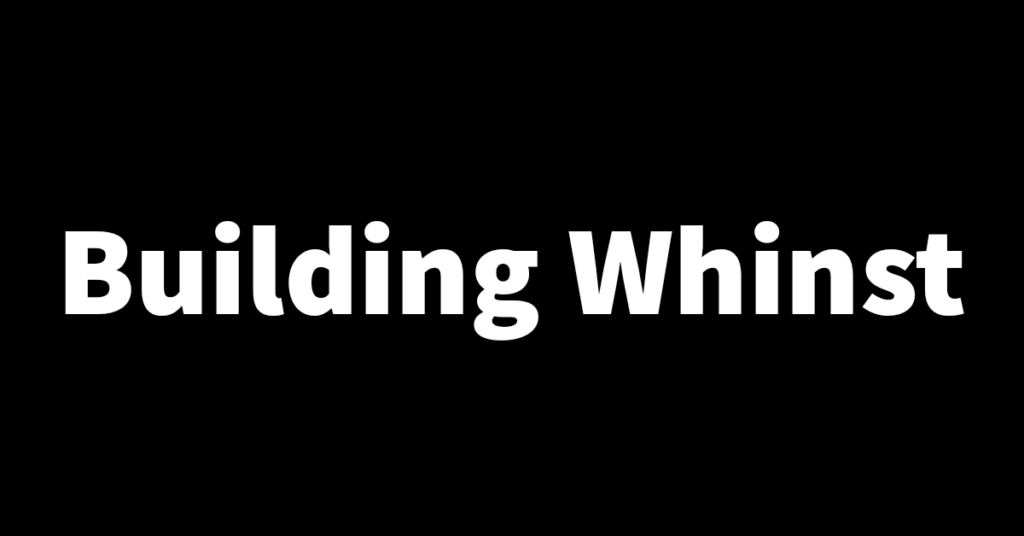On every project I work on I always try to learn and use some new technologies, Whinst is no exception to this. For this project, I’ve decided to use a completely new tech stack with the only familiar technologies being the backend language and the database. In this article, I’ll tell you which technologies I’ve decided to include in the Whinst tech stack and why. Let’s dive in🏊🏽♂️
The Whinst tech stack📚
Whinst is going to be a web app, for those not familiar with web development and how it works, for a web app you’ll need a frontend language and framework, a server-side language and framework and a database. The technologies I’ll be using for Whinst are as follows;
- Frontend language and framework: The frontend language I’ll be using is Typescript, a language I’ve been wanting to learn and use for a while but haven’t gotten the chance up until now. The frontend framework I’ll be using is Next.js, a framework that enhances React (which I’m quite conversant in😉) by adding many core features.
- Server-serve language and framework: The server-side language I’ll be using is JavaScript, a language that I’m very familiar with. This will be paired with ExpressJs which is a Nodejs server-side framework, that I have not used before.
- Database: The Whinst database will be a Postgresql database. I’ve used this in a couple of projects including my last, though I’ve never really gotten hands-on with it, you can probably relate if you’ve used it with Django when building web apps. So this in a way is a first-time experience for me.
With the tech stack chosen, I will now move on to creating a development plan, something you’ll not want to miss so stay tuned to the blog. Thanks for reading and see you in the next one🙏.
